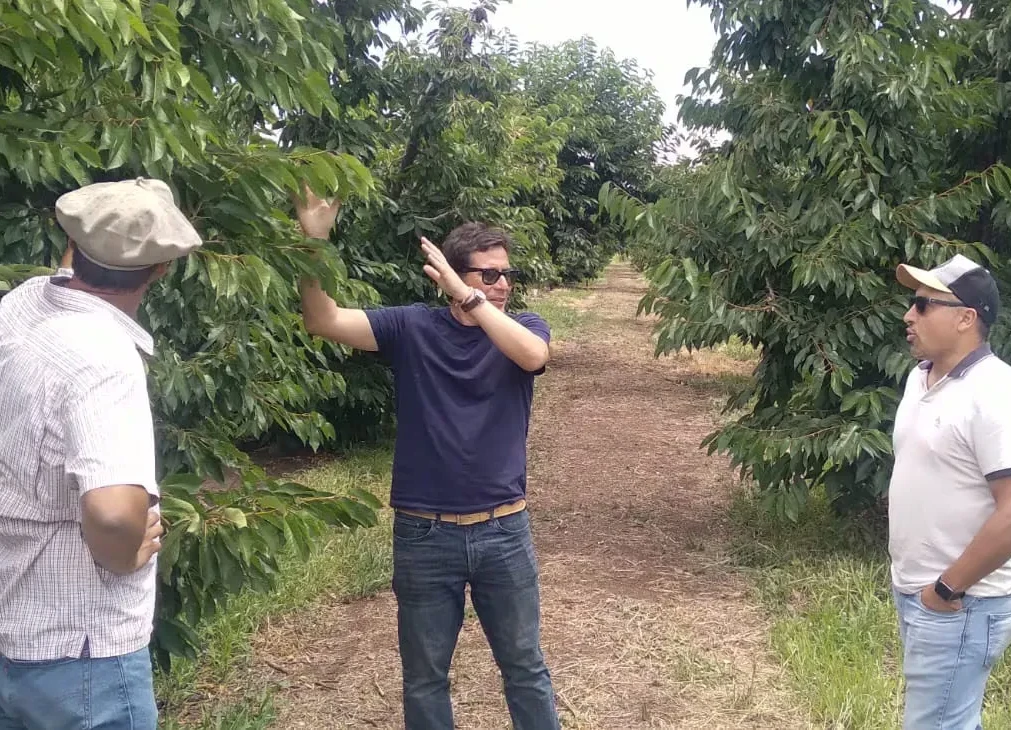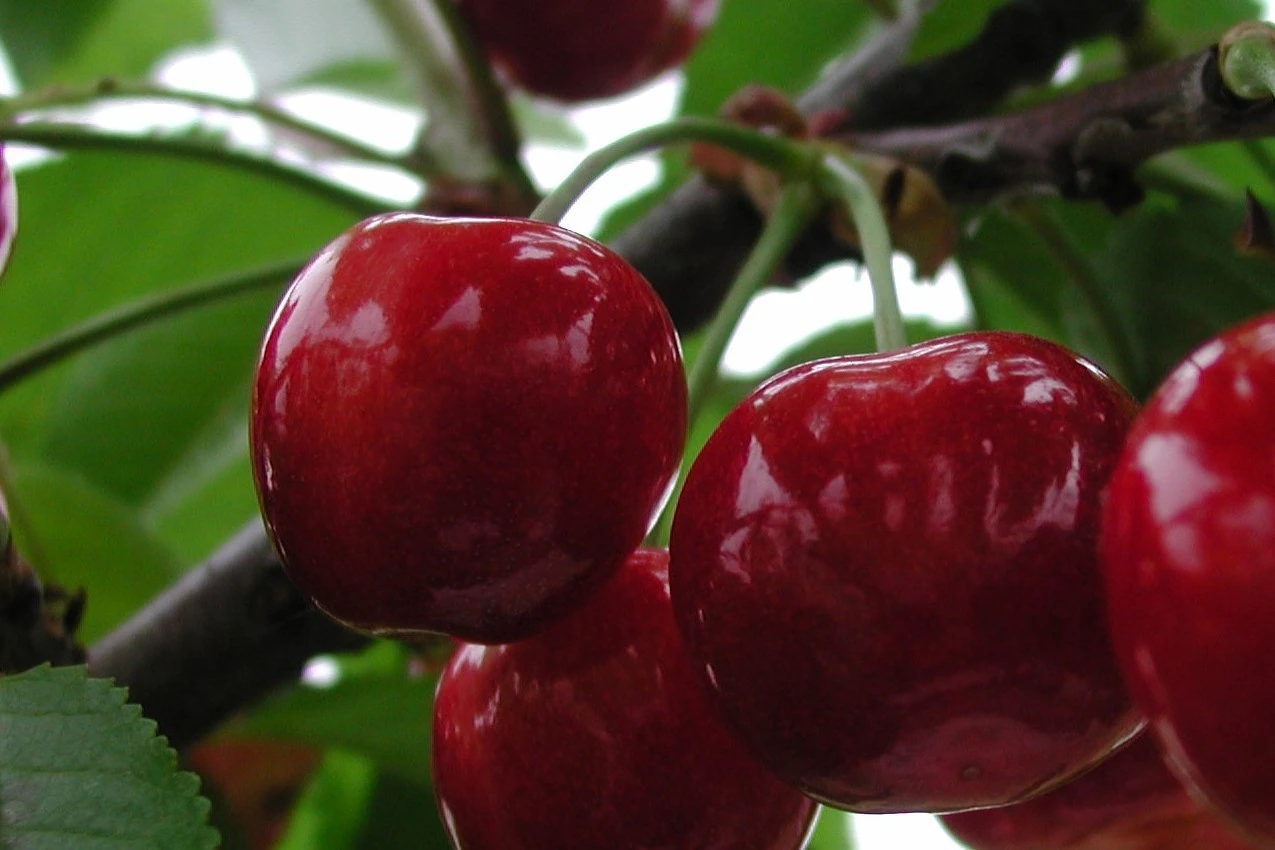Light intensity is a crucial parameter for sweet cherry cultivation, especially in controlled environments such as greenhouses. Excessive light can inhibit photosynthesis, but on the other hand, prolonged shading can significantly impair several physiological processes in the plant.
In a recent study, researchers from China used opaque bags to apply localized shading on branches of the sweet cherry cultivar “Tieton”, aiming to evaluate the changes in leaf photosynthetic and biochemical parameters and their recovery capacity.
The study was carried out in a greenhouse on mature trees and involved the use of bags with a 23% shading capacity, applied to 50 cm-long branches for periods of 10, 20, and 30 days, followed by 10 days of full light exposure (treatment conditions referred to as 10-10, 20-10, and 30-10).
Experimental setup and parameters
The monitored parameters included net photosynthetic rate (Pn), stomatal conductance (gs), intercellular CO₂ concentration (Ci), transpiration rate (E), chlorophyll content, soluble sugars, starch, and antioxidant enzyme activity.
Results showed that after 10 days of shading followed by 10 days of light restoration (10-10), the photosynthetic values and biochemical composition of the leaves were nearly indistinguishable from the control, with an almost complete recovery.
In particular, photosynthesis, gs, Ci, and transpiration returned to their initial values, as did the levels of sugars (sucrose, glucose, fructose, and sorbitol) and starch, which matched those of unshaded leaves.
However, chlorophyll and malondialdehyde (MDA) levels were higher than in the control, suggesting an adaptive response that enhanced light capture, yet resulted in slight residual oxidative stress.
Effects of prolonged shading
With longer shading durations (20-10 and 30-10), the recovery of photosynthetic parameters was incomplete. After 20 days of shading, the photosynthesis rate recovered to only about 70% of the control, while after 30 days the recovery was less than 50%.
In these cases, a marked reduction in sugar and starch levels was observed, along with an accumulation of MDA and decreased antioxidant enzyme activity (superoxide dismutase, peroxidase, catalase), indicative of persistent oxidative stress.
Although chlorophyll content increased in response to light stress, this was not sufficient to compensate for the decline in photosynthetic efficiency.
Implications for greenhouse management
These results highlight that targeted, temporary shading can be an effective strategy to protect sweet cherry trees from excessive light without compromising photosynthesis, provided the duration is limited.
Specifically, 10 days of shading did not cause lasting negative effects and allowed leaves to activate adaptive mechanisms, such as increased chlorophyll b content, which improves diffuse light capture.
In greenhouse cultivation, where microclimate control is more precise, localized shading can serve as a useful tool for managing light stress, helping to optimize the balance between protection and ideal photosynthetic conditions.
However, excessive shading (beyond 10 days) significantly impairs the physiological recovery capacity of the leaves, with potential consequences for fruit yield and quality.
Source: Ai, J., Wu, M., Cai, F., He, M., Chen, Y., & Zhang, Q. (2025). EYect of Branch-Bagged Shading on the Photosynthetic Physiology of Sweet Cherry Leaves in a Greenhouse Environment. Horticulturae, 11(2), 136. https://doi.org/10.3390/horticulturae11020136
Image source: Fruitpac
Andrea Giovannini
University of Bologna (ITA)
Cherry Times - All rights reserved










